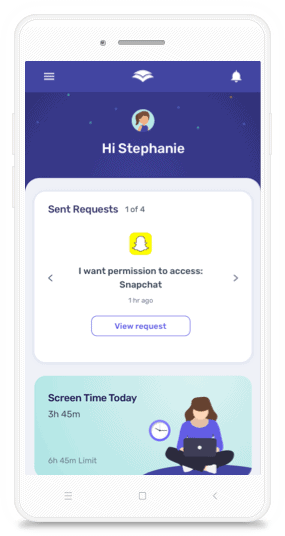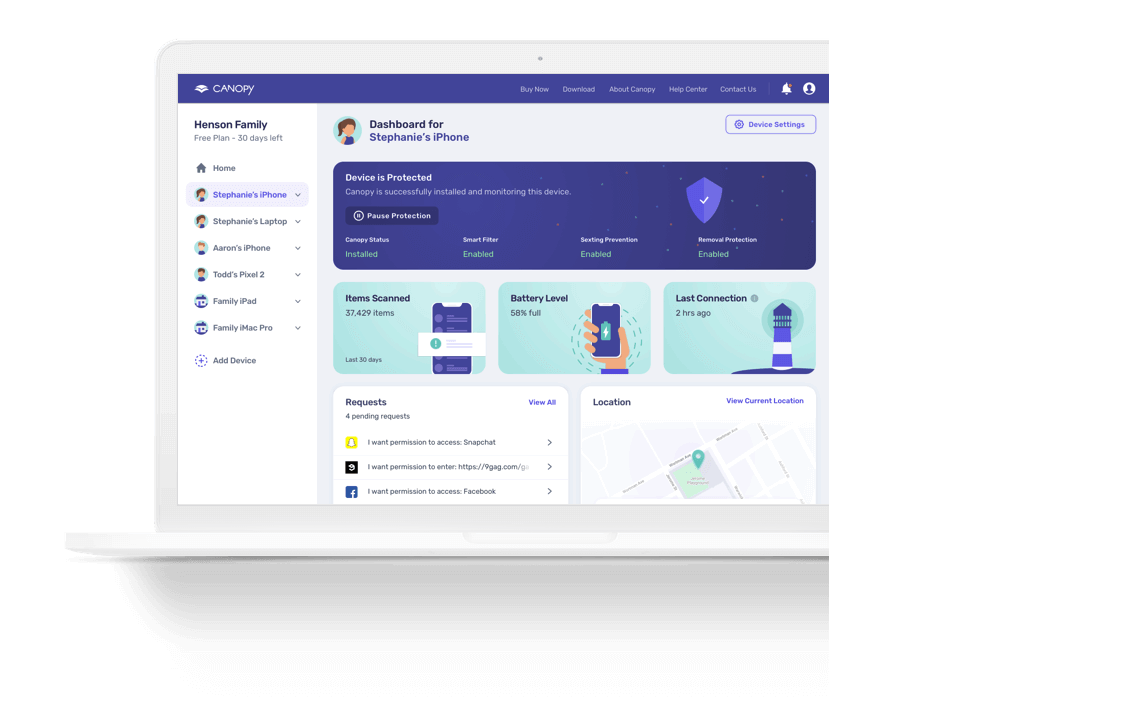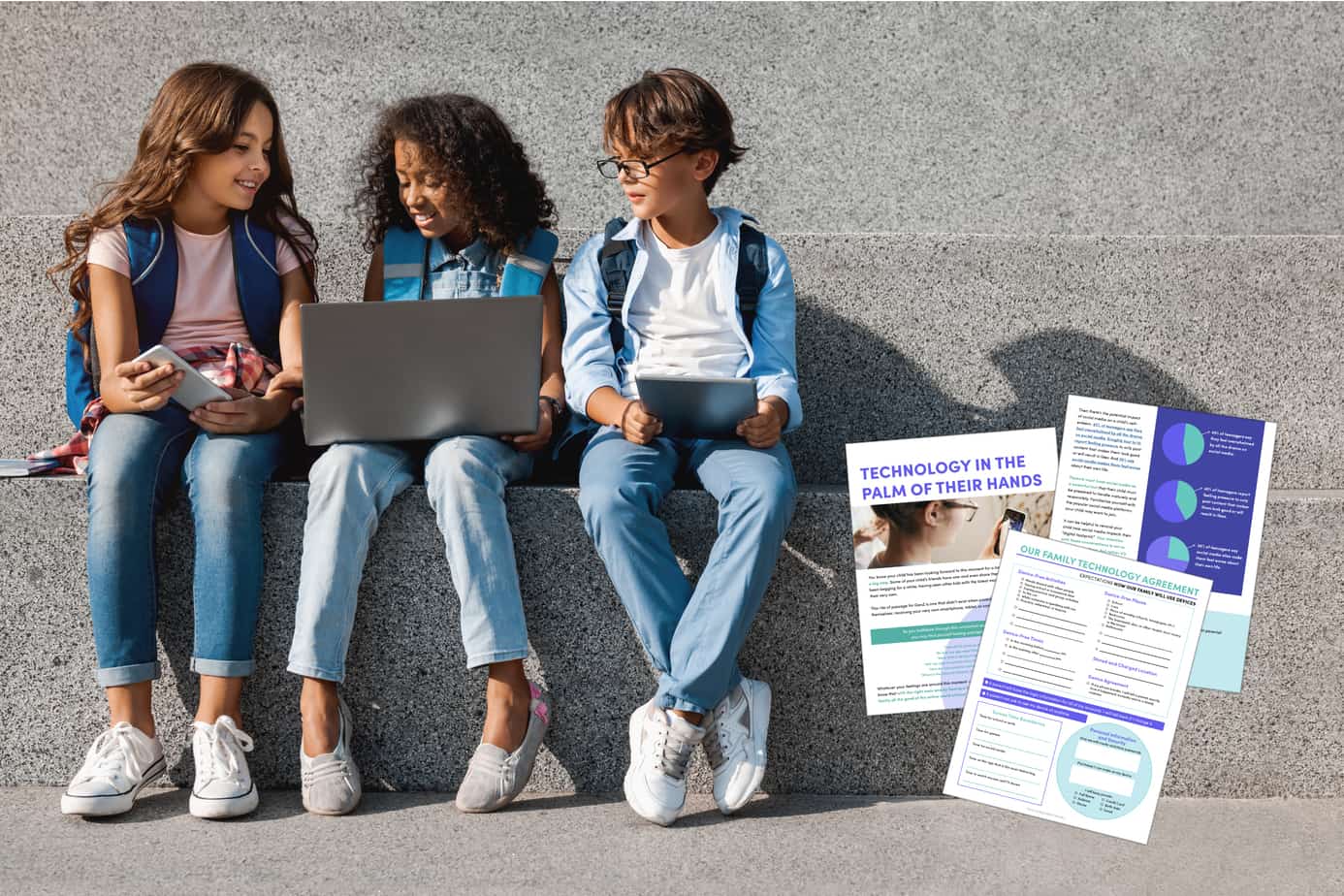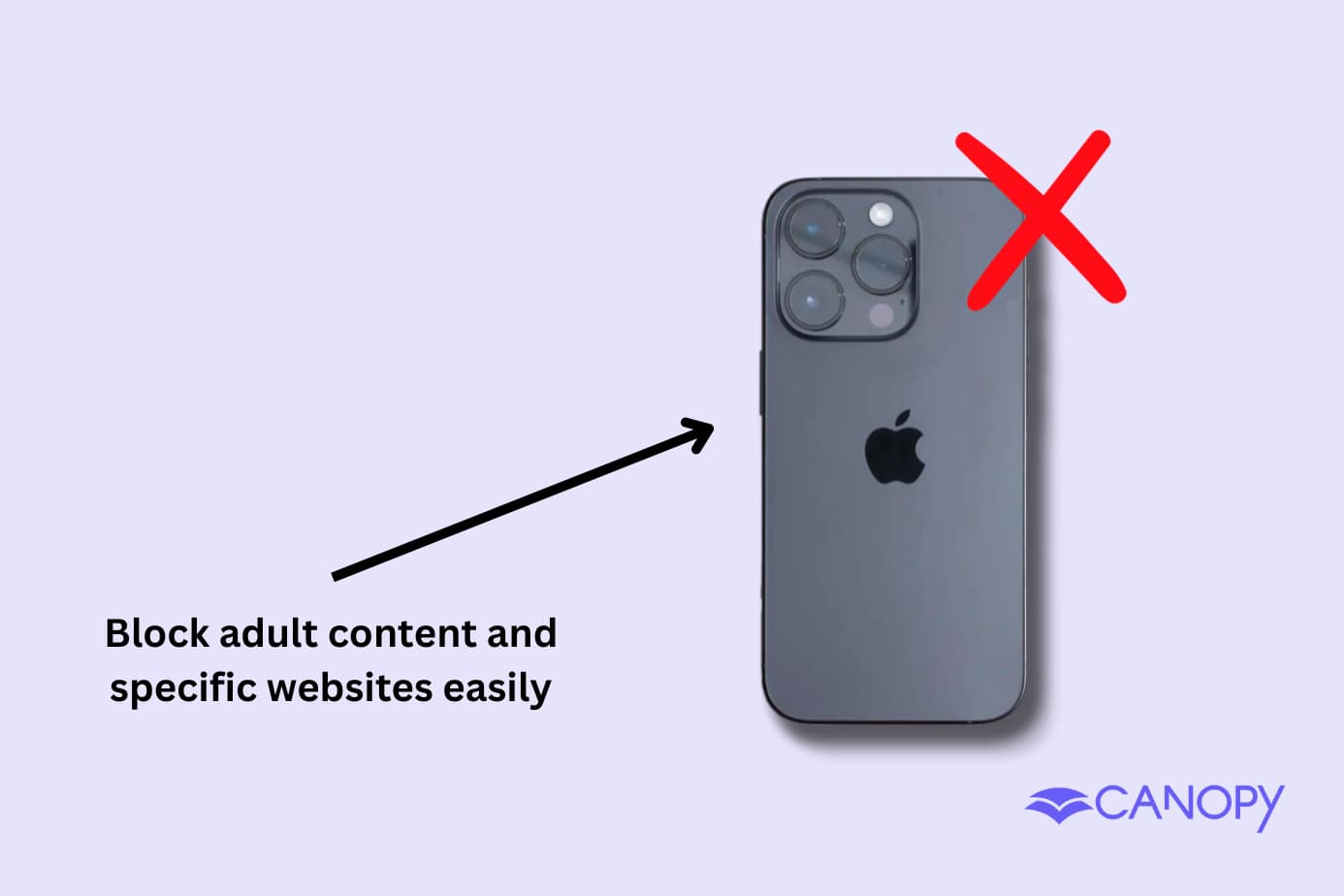Discord has been in the news for becoming slightly safer for children. However, there is technically no Discord parental control available on this platform with over 100 million monthly active users.
What is Discord?
App Store and Google Play Description: “Discord is your place to talk. Create a home for your communities and friends, where you can stay close and have fun over text, voice, and video. Whether you’re part of a school club, a gaming group, a worldwide art community, or just a handful of friends that want to spend time, Discord makes it easy to talk every day and hang out more often.”
Originally aimed at gamers, it was a communication tool that could be used to talk about specific games and interests and can be integrated with Twtich, Spotify, and Xbox Live. Groups are formed based on topic or social connection, and from there, the messaging — text, voice, image, video, and screen sharing — begins. Some consider it to be an advanced version of “Skype for gamers,” and those who play games like Fortnite are familiar with it.
Discord is free to start using, but you can upgrade for extended features and perks with a monthly or annual fee.
What’s it rated?
In the App Store, it’s rated 12+ (age 12 and older), and the rating on Google Play is “teen” (age 13 and up). The Discord website indicates that users must be at least 13 years old, but as with most social media platforms and apps, there’s no way to verify the age of someone.
There is no Discord parental control available…but there are privacy settings the user can select.
No, there is technically no Discord parental control available because there is no way to actually control the settings. Parents can take a number of steps to help their child stay safe on Discord, but the user of the account (the child) can change them at any time while using the app. Talking through these safety precautions in advance is always helpful.
Things you can do to keep your child safer without official Discord Parental Control:
- Select the level of safety for direct messages: scanning all direct messages for explicit content, only scanning messages of those who are not friends (contacts), or no scanning at all.
- Select who can send a direct message. Please note: Your child may be in a server with five friends they know from school, and they may be in a server with a few hundred thousand strangers. Before agreeing on a setting, talk through servers in which your child participates and who is in them.
- Select who can be added as a friend. Similar to other social media platforms, you can choose to be seen by anyone else on Discord, just people who know your specific username (Discord Tag), or some level in between the two.
If parents have a concern about their child’s activity on Discord, they can request a download of the user’s “data package.” This includes all account information — contacts, the servers your child has joined, messages, other activity, and programs used. The request can be made from the Privacy and Safety settings within the User Settings on the app, and it can take up to 30 days to receive the information.
Discord’s Community Guidelines
Discord prohibits harassment, hate speech, threats of violence, evading user blocks and bans, and malware and viruses. They do not allow “adult content” in age-gated channels, content that sexualizes minors, or sexually explicit content shared without consent.
They have rules prohibiting content that does any of the following: glorifies or promotes suicide or self-harm, includes images of sadistic gore or animal cruelty, promotes violent extremism, or facilitates the sale of prohibited or potentially dangerous goods. There are also rules around pirated software and stolen accounts, and users may not promote, encourage, or engage in any illegal behavior.
What does fill-in-the-blank mean on Discord?
Similar to other apps, like TikTok, Discord has its own set of vocabulary. You can find more information on the terms below and others in the Discord Dictionary. These are the ones that will be particularly helpful, as a parent, to understand.
- Servers are “spaces” on the platform. They function as groups that center around a particular topic and are created by a community or friend group. Servers can be invite-only and private or public and open to anyone. All uses can create servers.
- Channels are created within a server. Think of them as subtopics or subgroups. At times, they are defined based on how people will communicate about the topic, such as a text channel where users can post messages, upload files, and share images, or a voice channel where users can connect with voice or video calls and share their screens through the Go Live feature.
- Direct Messages (DMs) are private messages (one-on-one).
- Group Direct Messages (GDMs) are group messages with up to nine people and require an invite to join.
- Go Live is sharing a screen with the other people in a server, DM, or GDM.
Dangers and risks associated without Discord parental control
Despite the safety precautions that Discord has taken recently, there are concerns for kids on the popular app. ABC News reported on how someone who was arrested for sexually exploited two teens met one of them on the app. Deputies interviewed for the story called Discord “the perfect spot for predators to meet kids.”
An article in The Wall Street Journal talked about how prevalent bullying can be, especially among gamers: “And that’s where racial slurs, sexist comments, politically incorrect memes and game-shaming are prevalent, users say.” The reporter goes on to share that it took a mere 15 minutes of participating on the app to “find porn and Nazi memes, without specifically searching for them.”
Similar to the rest of the Internet, there is inappropriate and explicit content on Discord. What may be different is that kids are in groups where this content is sent to them in messages or groups. They don’t have to go out and search for it, and there is no Discord parental control to prevent it.
One young adult Discord user talked about how his peers, when he was a teenager, used this and other apps like it to hide things form things parents. They would create groups like “Biology Lab” and then talk about anything but school-related topics, typically ones that would lead them to get in trouble if the conversations were discovered.
Parents, according to his experience, check regular text messages and online search history. Internet filters and parental control apps also interact with those more often. Some filters don’t work with apps like this, and the messages can be easily hidden on a smartphone, so, in his experience, parents weren’t aware of inappropriate and dangerous content being shared there and other places like it.
The good news because of Discord
The same article from The Wall Street Journal referenced above went on to share about the good that can come from an online community. One group that was formed on Discord to get away from bullying in other groups “became like family… Several of them recently sent diapers to a dad who had told the group he was having a hard time providing for his family.”
Is the platform safe and wise for your child to use without Discord parental control?
You know your child better than anyone. You know what it’s like to talk through various app settings and parental controls. And you know if they are ready to engage in it without Discord parental control available. As with all other messaging apps and social media platforms, it’s not only about the content that your child can access but also their maturity and ability to navigate it wisely.
You can prepare your child for how you hope they would respond if they are exposed to pornography and talk about parental control apps that your family uses. And, together, you can discuss the realities of Discord, how to be a responsible digital citizen, and if your child is ready to participate in the platform.
How Canopy works with Discord
Canopy can filter out pornographic content (images and videos, not live-streaming) on the web browser version of Discord. If your child is using Discord, you can remove permission to use the app in the App Management tool of Canopy, making it only possible for the system to be accessed from a web browser. If you would prefer that your child does not use Discord, then you can not only remove permission to use the app but also block the URL from the Website Management tool. Canopy helps you protect those you love most. Try it today, for free!
More parental control resources
-
- 7 Best Porn Blockers
- How to Set Up Netflix Parental Controls
- How to Set Up iOS Parental Control (Apple)
- How to Set Up Android Parental Control
- Is Snapchat Parental Control Possible?
- How to Set Up Hulu Parental Control
- What About TikTok Parental Control?
- How to Set Up Apple TV Parental Controls
- Are There Instagram Parental Controls?
- How to Set Up Peacock Parental Controls
- How to Set Up Amazon Prime Video Parental Control
- How to Set Up Disney Plus Parental Control
- How to Set Up CBS All Access Parental Controls
- How to Set Up Windows 10 Parental Control
- How to Create a Gmail Account for a Child





